Smart Thermostat
Nowadays we have smart watches, smartphones, smart TVs, smart lights… something less common is smart thermostats, which are very useful in cold countries like the UK. There are many solutions in the market: TADO Smart Thermostat, Ecobee4, Google NEST LEARNING THERMOSTAT, NETATMO smart thermostat, Hive Active Heating, Honeywell (several models)… Certainly, Google NEST is the most beautiful and the most famous smart thermostat.
However, depending on your flat configuration (boiler, valves, heaters…), you will have to select your solution wisely. I have 2 very specific requirements: possibility to control different zones independently (living room and bedroom) through smart radiator thermostats, and geofencing (or automatic turn on/off depending on your current position). For that reason I selected TADO, a high quality product that integrates perfectly with its Smart Radiator Thermostats, a key component, and it has a great iPhone app that tracks your location. You can start seeing the quality just when you unbox the different devices. It’s like unboxing an expensive iPhone.
Installation:
Installing the system is easy. From TADO you will receive specific instructions about how to install the Extension Kit or Smart Thermostat to your current boiler/old thermostat, cable by cable. In my case it was just attaching 2 cables from my boiler to the Extension Kit, and other 2 cables for power supply. Using double sided tape I fixed the device to the boiler. Restoring or removing TADO would be very easy.
Regarding installing the valves, it couldn’t be easier. The smart heater thermostats (valves) include several adapters.
My configuration:
- Kitchen: Extension Kit, the device that turns on/off the boiler.
- Bedroom: One smart valve and one smart thermostat, that only controls my bedroom.
- Living room: One smart valve, one smart thermostat and the internet bridge.
- Corridor: Although I have a heater there, I decided not to use it, basically because I don’t live in the corridor and these devices are expensive.
This is the logic/programming I have right now:
- Bedroom at 19 degrees at night, and no heat during the day.
- Living room at 20 degrees during the day, but no heat at night.
- This behaviour will be overridden if you leave your flat (or all members in your family).
That behaviour is overridden depending on my current position (the system uses geofencing and tracks my location using my iPhone), so, if I’m at work, the system is completely turned off, but if I go to my flat for lunch (I do that very often), then the system detects I’m going to my flat and activates the heaters in the living room, if it’s cold inside. The green horizontal bar is when the system detects I am away from my flat. You can see in the statistics section:
Regarding my bedroom, the system maintains the temperature at 19 ºC all the night. You can see perfectly how the system is switching on/off the boiler in the dark grey vertical bars in order to maintain the desired temperature.
In the same way, thanks to the independent zone control, you only spend energy when is needed according to the configuration you added and your current location:
Advantages:
- Works perfectly. high-quality.
- Service support is great. In fact, I needed an extra cable (power supply) and TADO sent me that cable for free.
- Complete automatic heating management: No need to turn on/off the boiler or reconfigure the 3 radiator valves manually anymore.
- In the long term you save money on your electricity or gas bill, hundreds of £s. In my case I’m paying about 5£ less per month, which perhaps does not seem too much, but now the comfort in my flat is much better and I don’t have to spend time opening/closing valves or switching on/off the boiler. So, it pays off.
- More comfort. In my opinion this is the best feature and very underestimated. Right now my bedroom is at 19 degrees constantly the entire night, even I sleep better than ever.
- You can use SIRI to ask questions like “What’s the temperature in the living room” or send orders like “Change my bedroom temperature to 20 ºC”. However, you will not use this feature very often, given that the point of using TADO is forget completely about your boiler and valves management.
- In theory, it can be integrated with IFTTT in order to create a custom automation, for example, it could be possible to integrate motion sensors in the system and heat up the rooms only when there is someone inside.
Disadvantages:
- Expensive: all these systems are expensive, although in the long term you save on your gas or electricity bill. Moreover, TADO is the only one that offers the possibility to rent it, which is also useful if you move very often, very common in London, as different flats require different devices.
- Proprietary. All these devices have one thing in common, once the company that created them disappears, then you will have a big problem. There are no open or industrial standards.
- Accuracy problem when using the smart heater thermostats: Those valves have a thermometer inside them, therefore, you don’t need a thermostat in the room where you have the smart heater thermostat. However, I realised this feature is completely useless, because the valve is beside the heater, and for that reason, normally when the heater is working, the thermometer inside says 9 or 10 degrees more than the centre of the room. TADO is aware of this problem and mentions it in its documentation. TADO added the possibility to add an offset in the app. Again, it’s useless, because the offset works when the heater is working, but not when the heating is not working. In fact, there is a special feature in the entire TADO system that when the temperature is below 5 degrees, then the system is activated automatically. This is done in order to avoid having frozen water inside your pipes or the heating system, which is really nice, especially if you live in really cold countries like Norway or Russia. But if you add an offset of 9 degrees (the maximum value), it means that this feature will be triggered automatically when the actual temperature is less than 14 degrees (5+9). That’s not good. Evidently, this accuracy problem is common to all smart-valves from different manufacturers. The only way to fix this is to add a smart thermostat in that room and use its thermometer as the correct value for that room, rather than the value given by the smart-valve (with or without offset), something that takes 2 or 3 taps when using the TADO iPhone app. I would suggest to TADO to add the possibility to detach the thermometer using a string, or wirelessly.

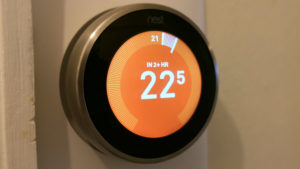
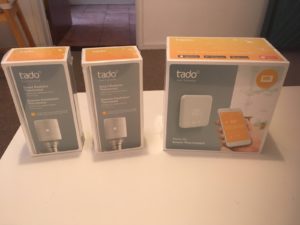
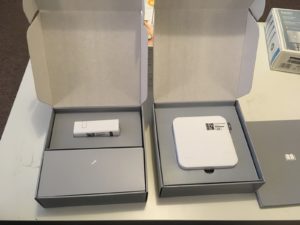
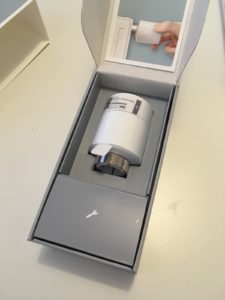
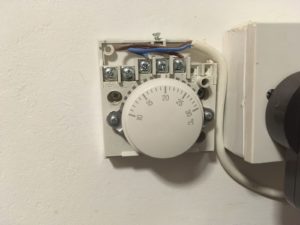
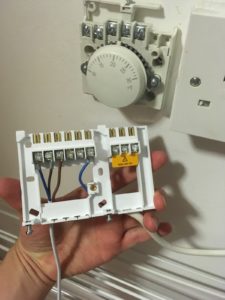
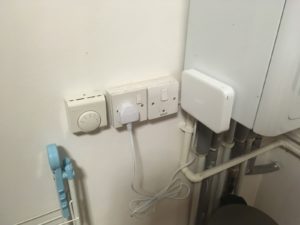
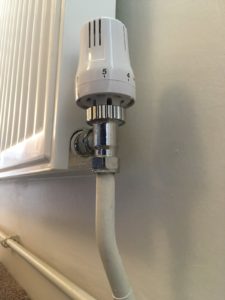
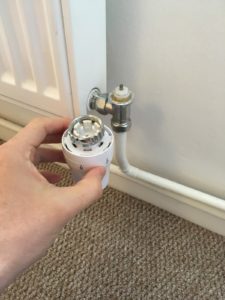
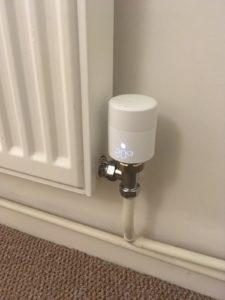
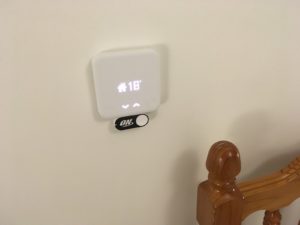
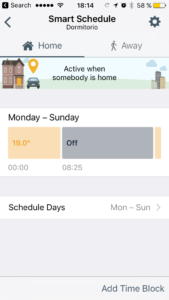
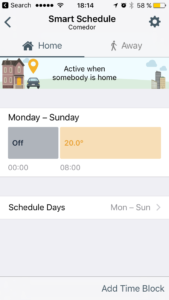
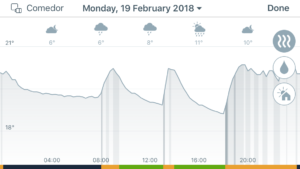
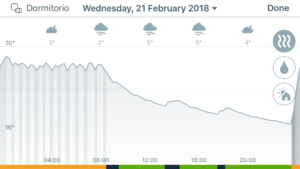
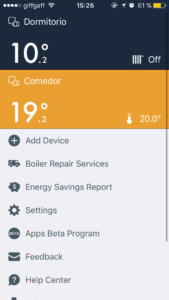
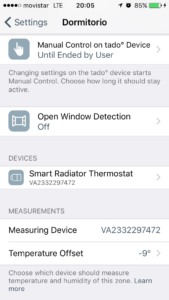
Recent Comments